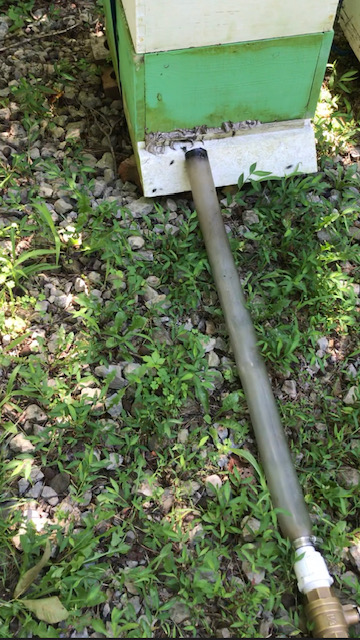There are five species of yellow jackets in southern Ohio:
- Vespula maculifrons (eastern yellow jackets)
- Vespula squamosa (southern yellow jackets)
- Vespula flavopilosa (downy yellow jackets)
- Vespula vidua (widow yellow jackets)
- Vespula germanica ( German yellow jackets)
These are listed from the most abundant to the rarest. The German yellow jackets are an invasive species from Europe and have practically died out as the temperature warmed in recent years. They are still abundant in northern Ohio. All of these species build “concealed” nests, either in the ground or inside walls.
There are three species of hornets in our area:
- Dolichovespula maculata (bald face hornets)
- Dolichovespula arenaria (yellow hornets)
- Vespa crabro (European hornets)
Bald face hornets (actually a type of yellow jacket) and yellow hornets build “exposed” nests which hang in trees or on buildings. European hornets build concealed nests in hollow trees on inside walls. As it’s name suggests, European hornets are invasive.
Bald face are by far the most common. Arenaria have died out in recent years due to warming.





You must be logged in to post a comment.